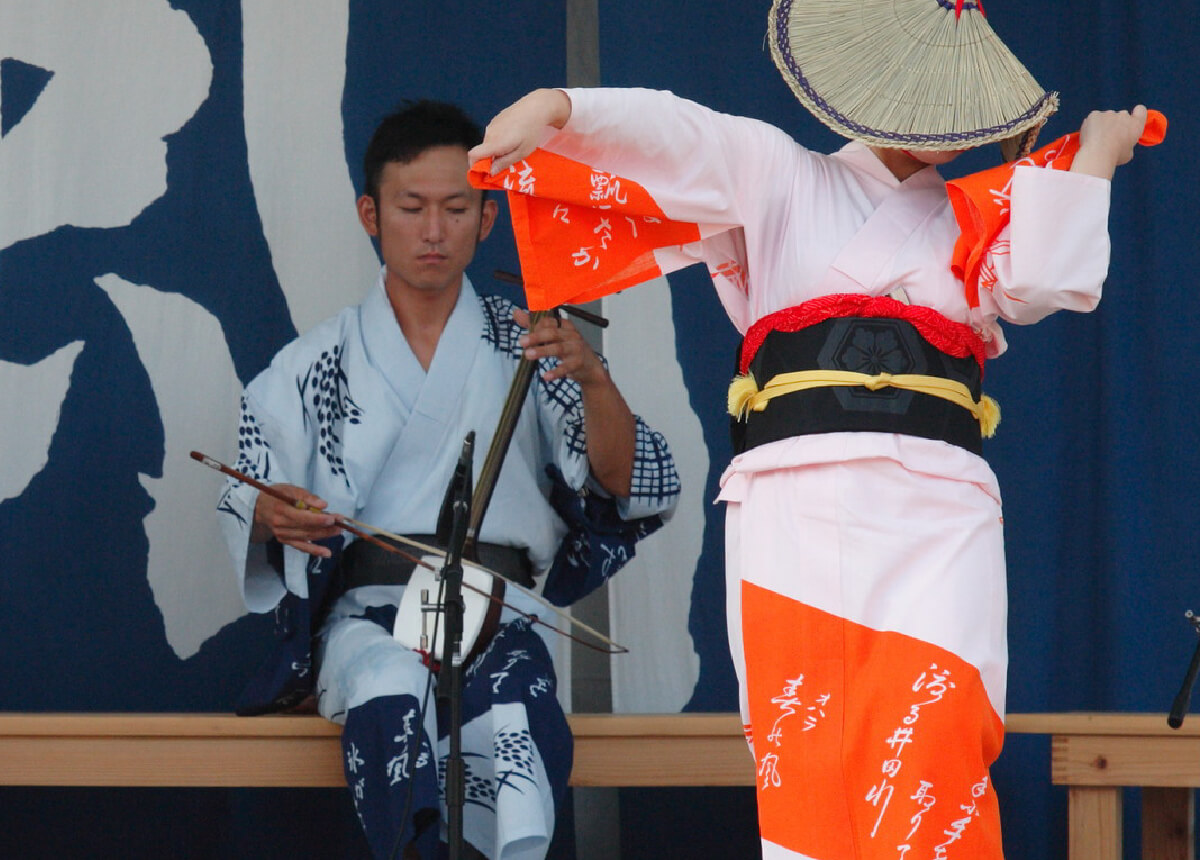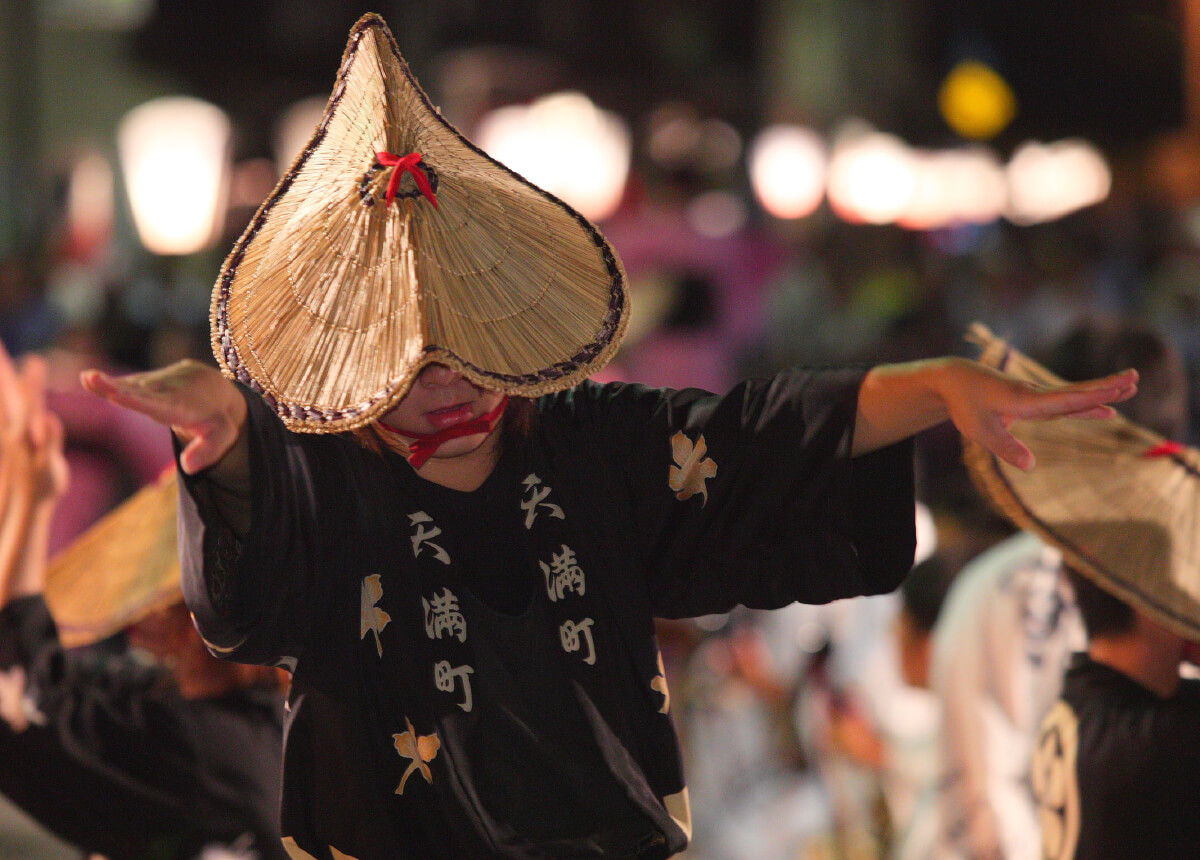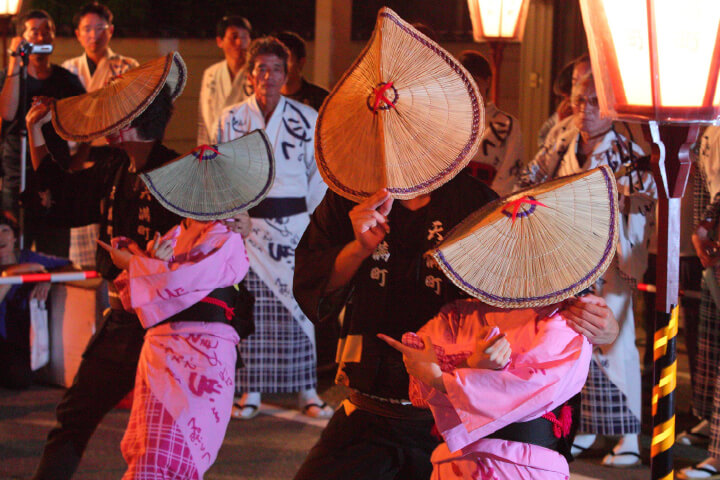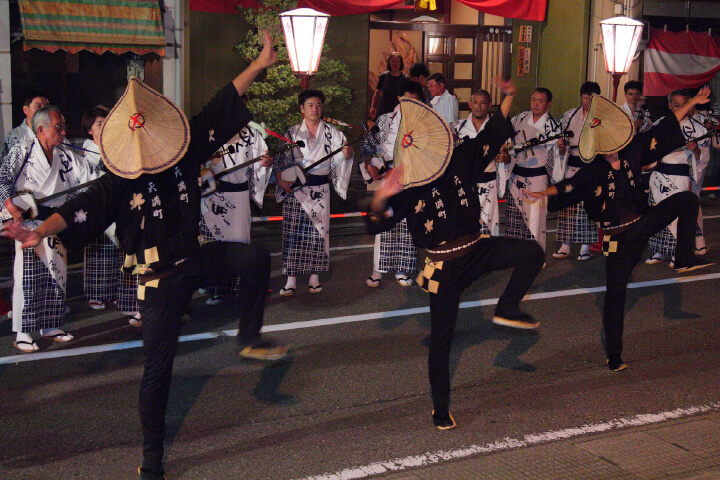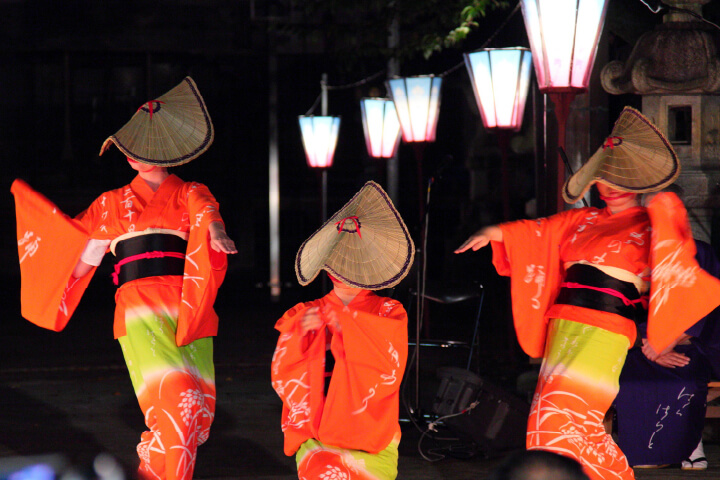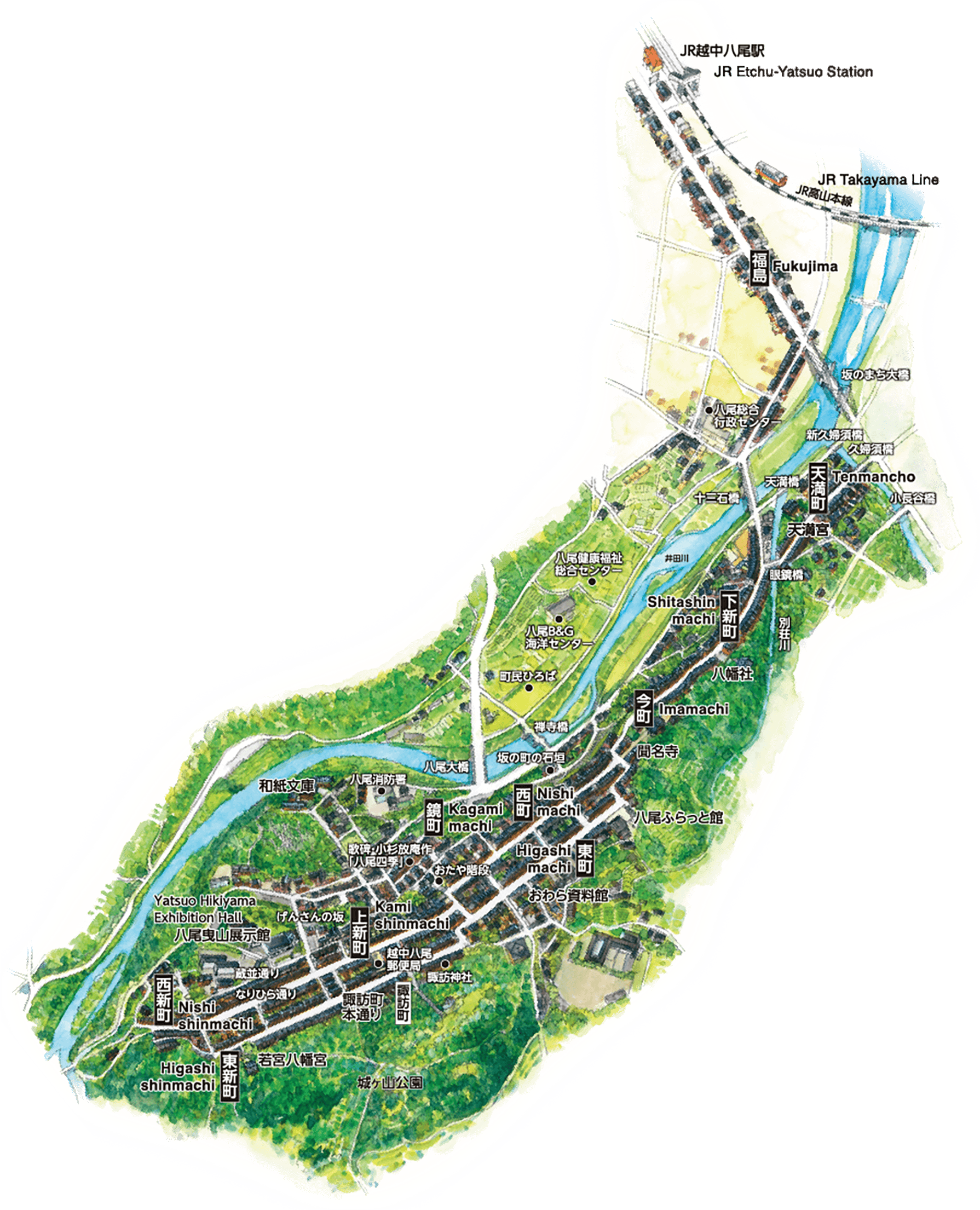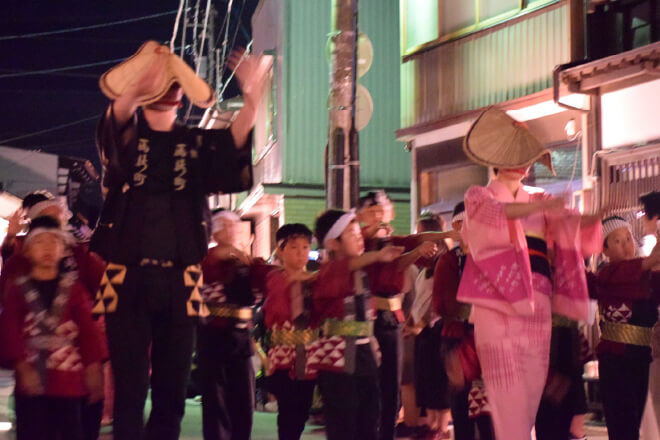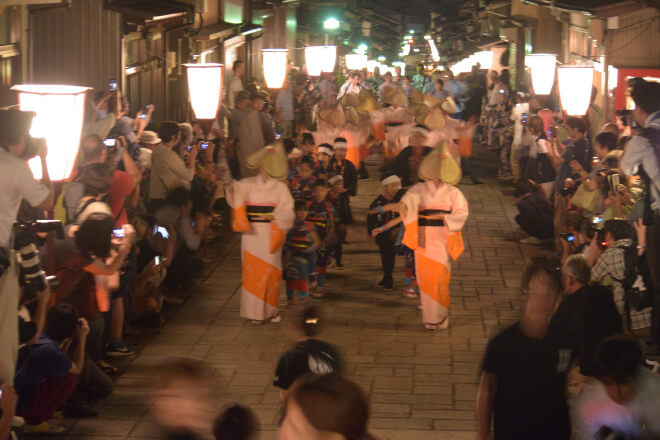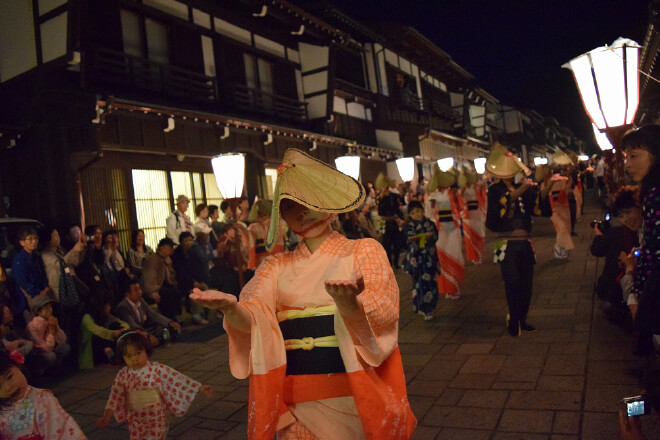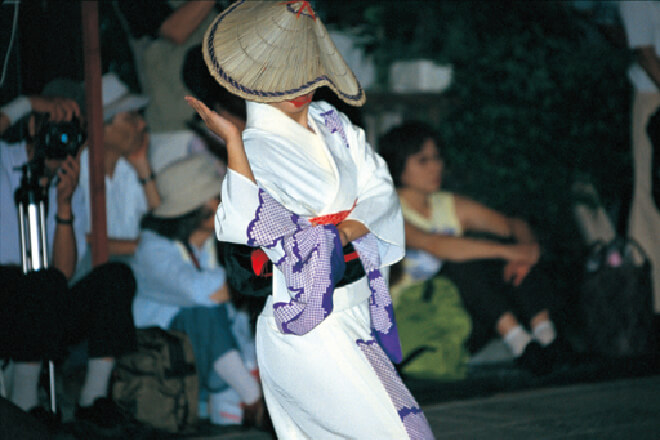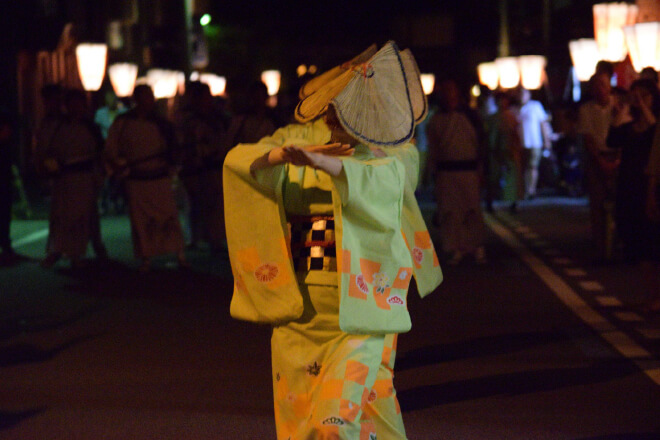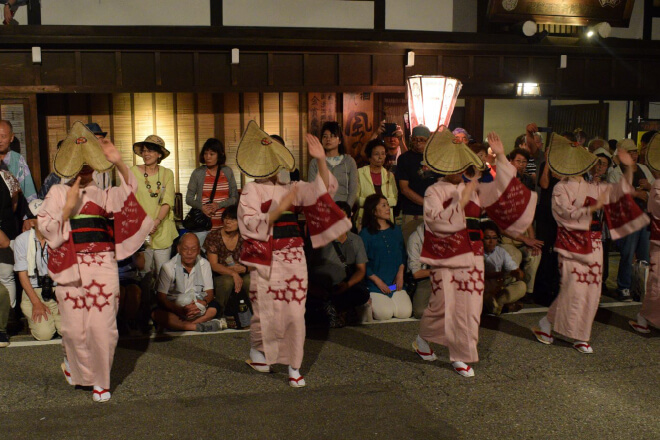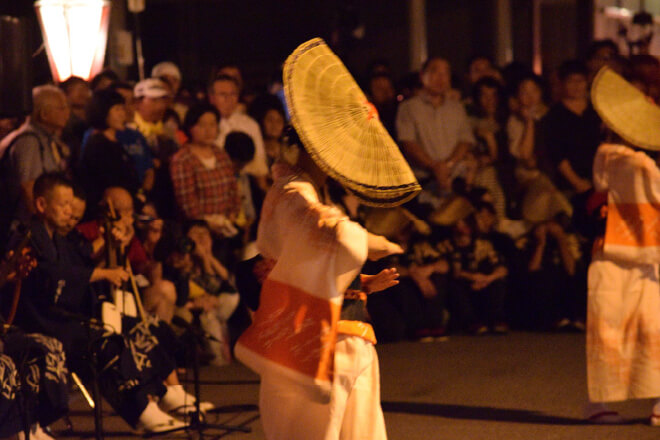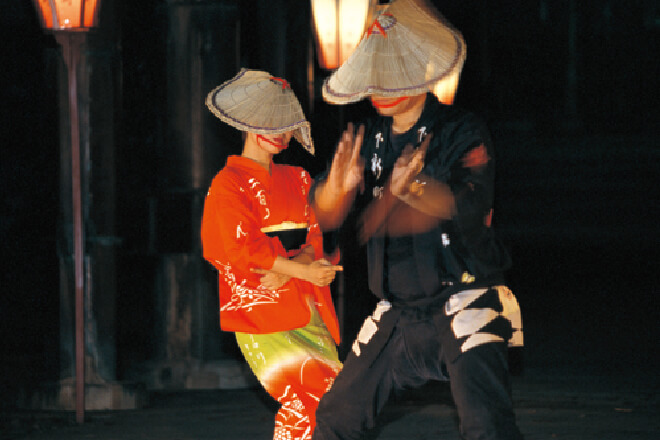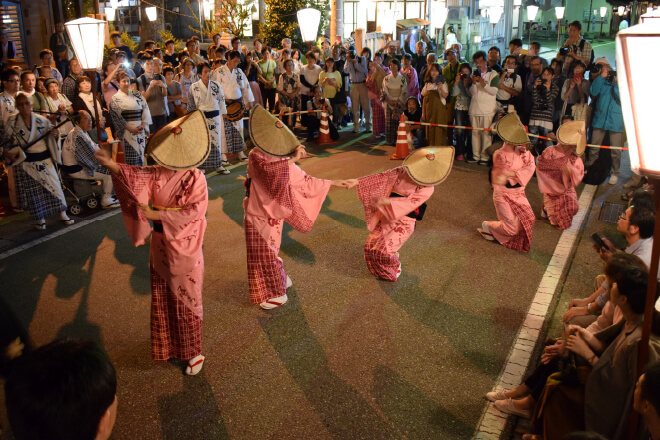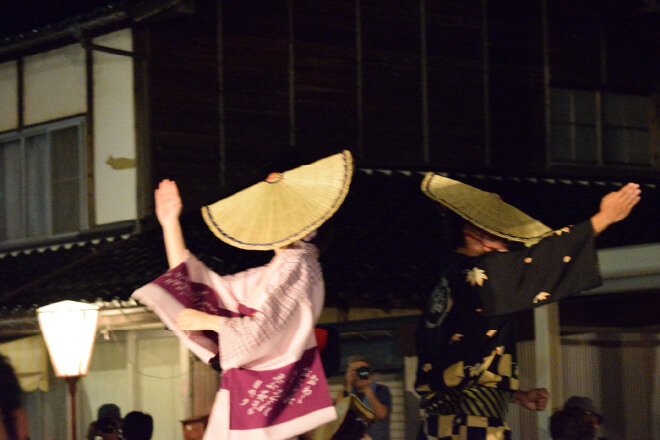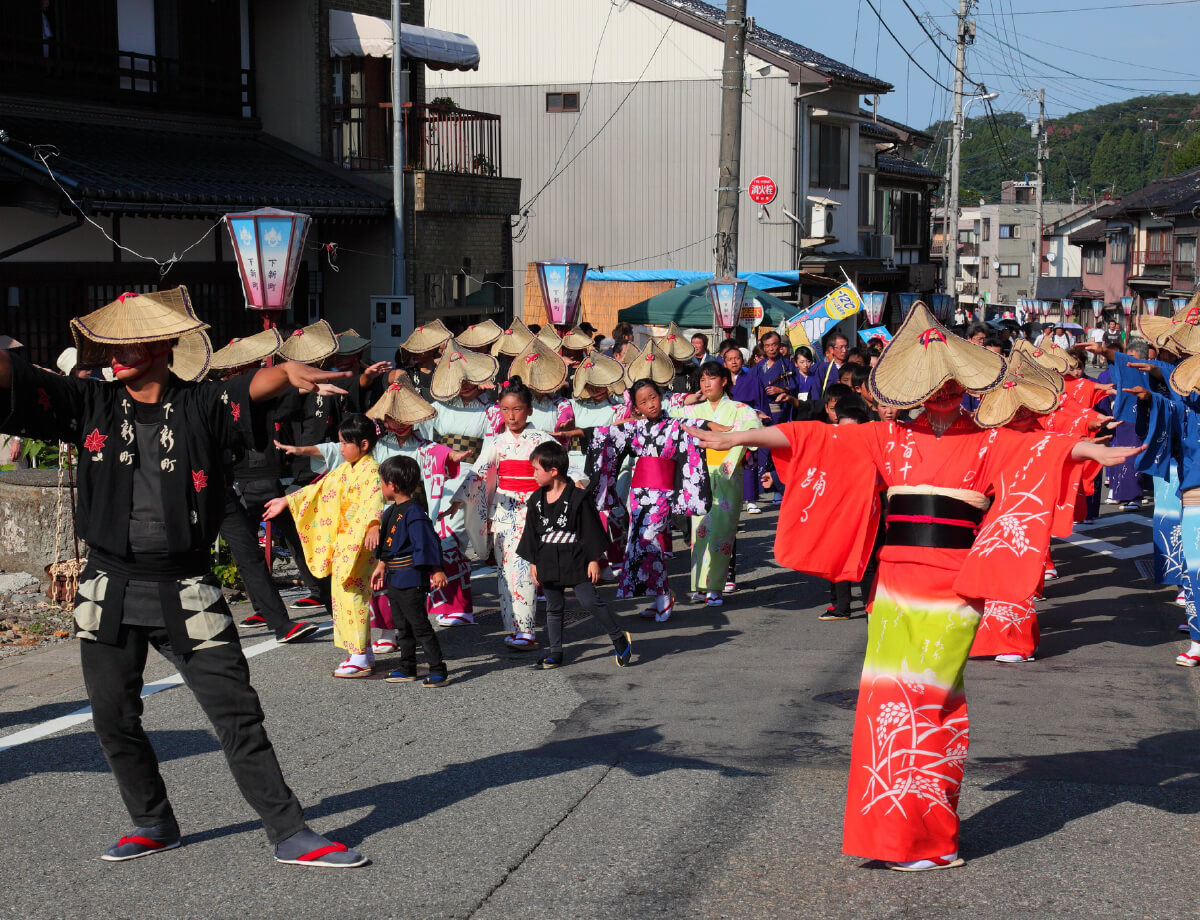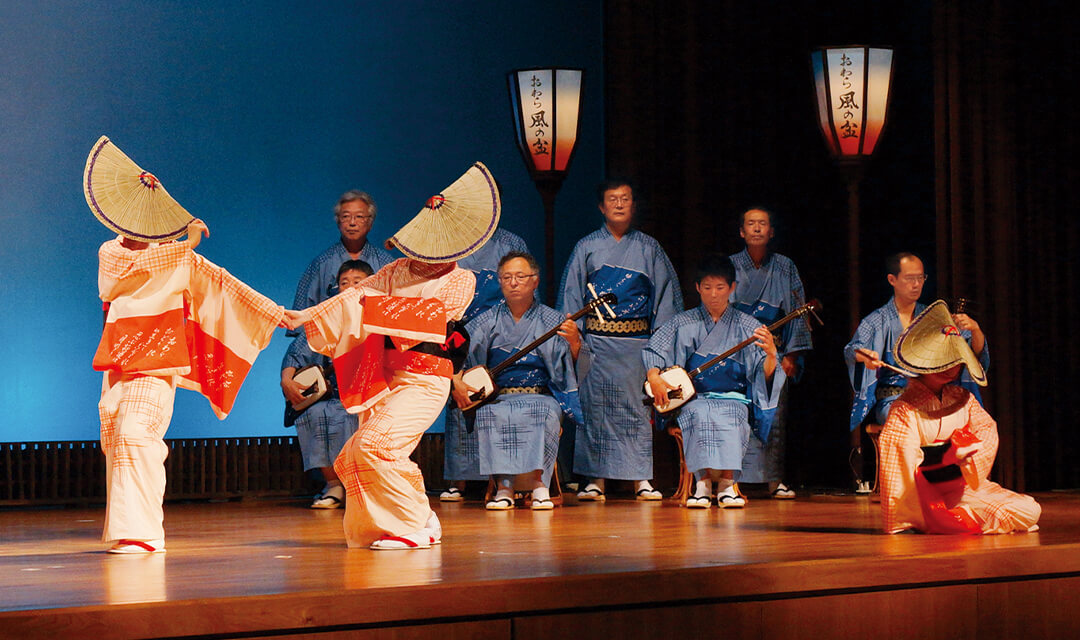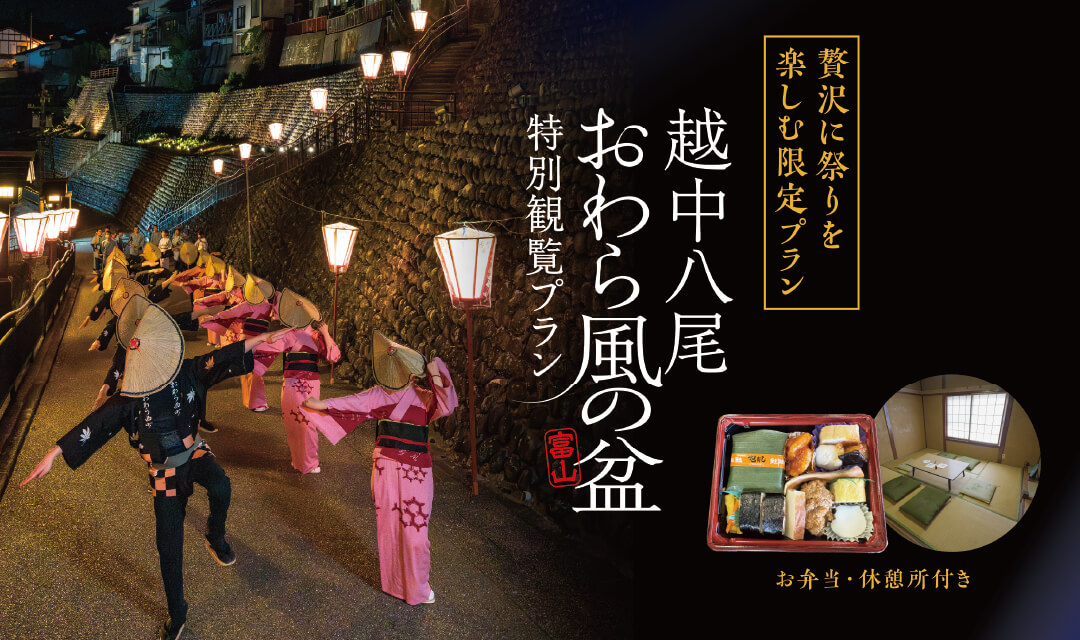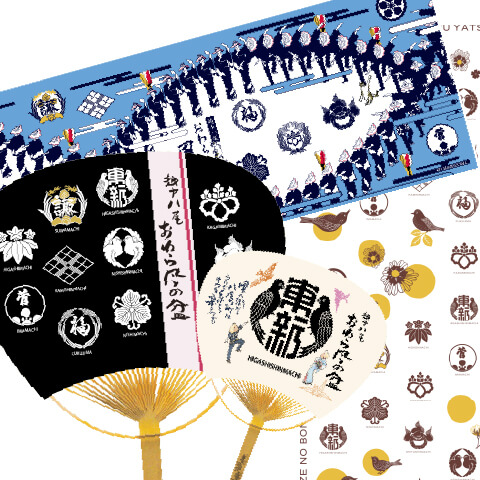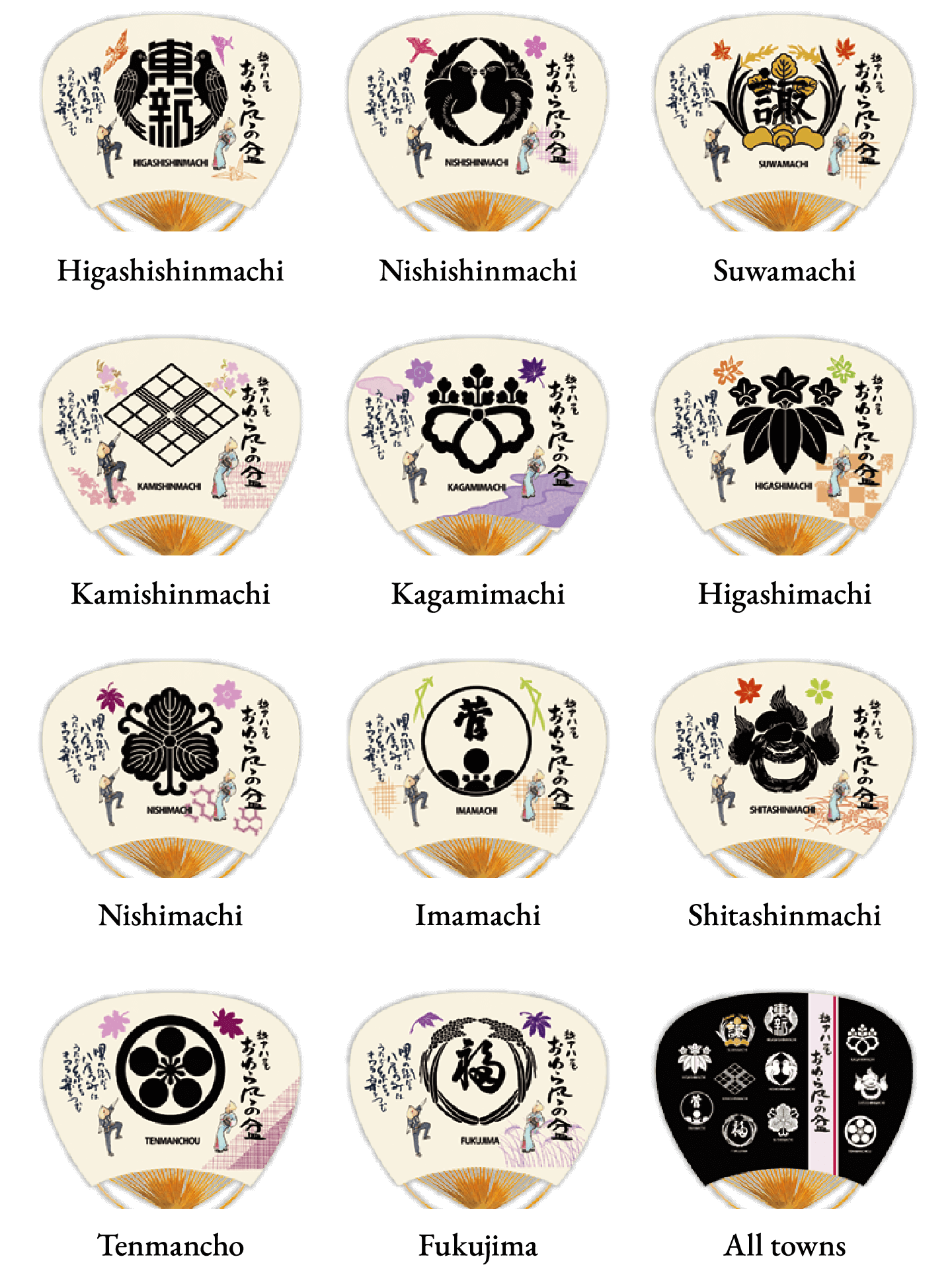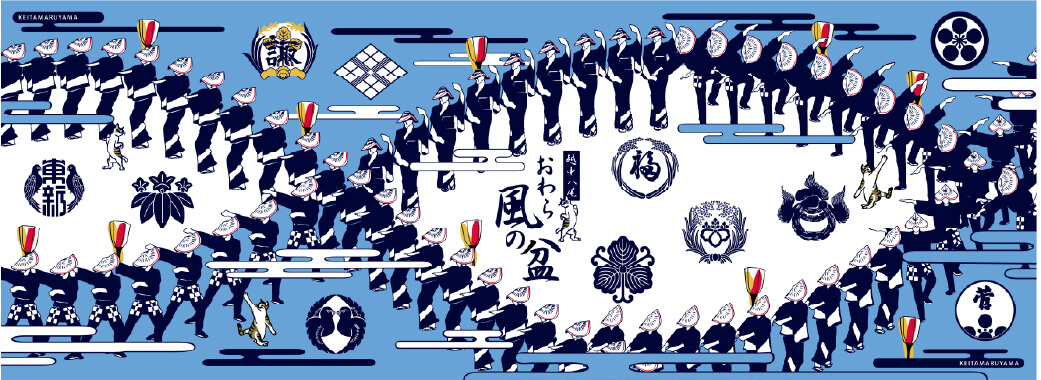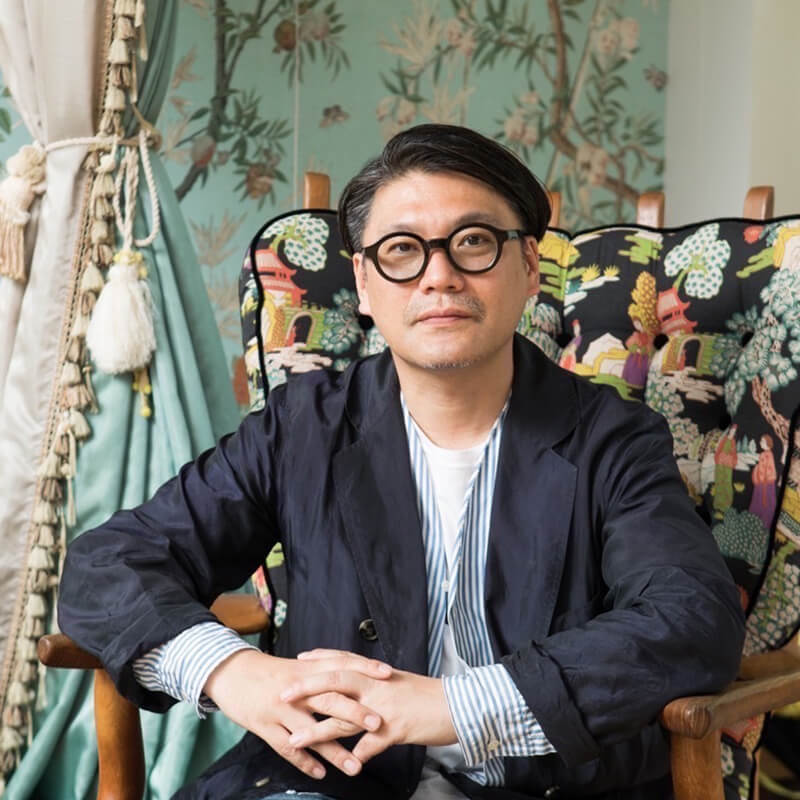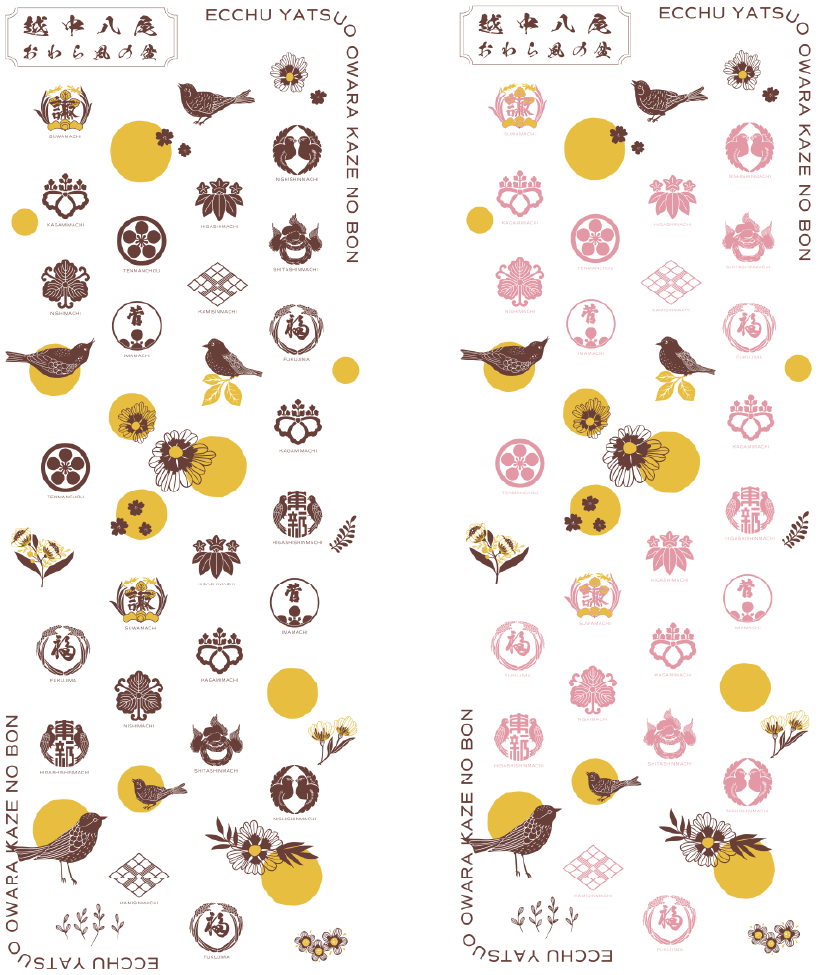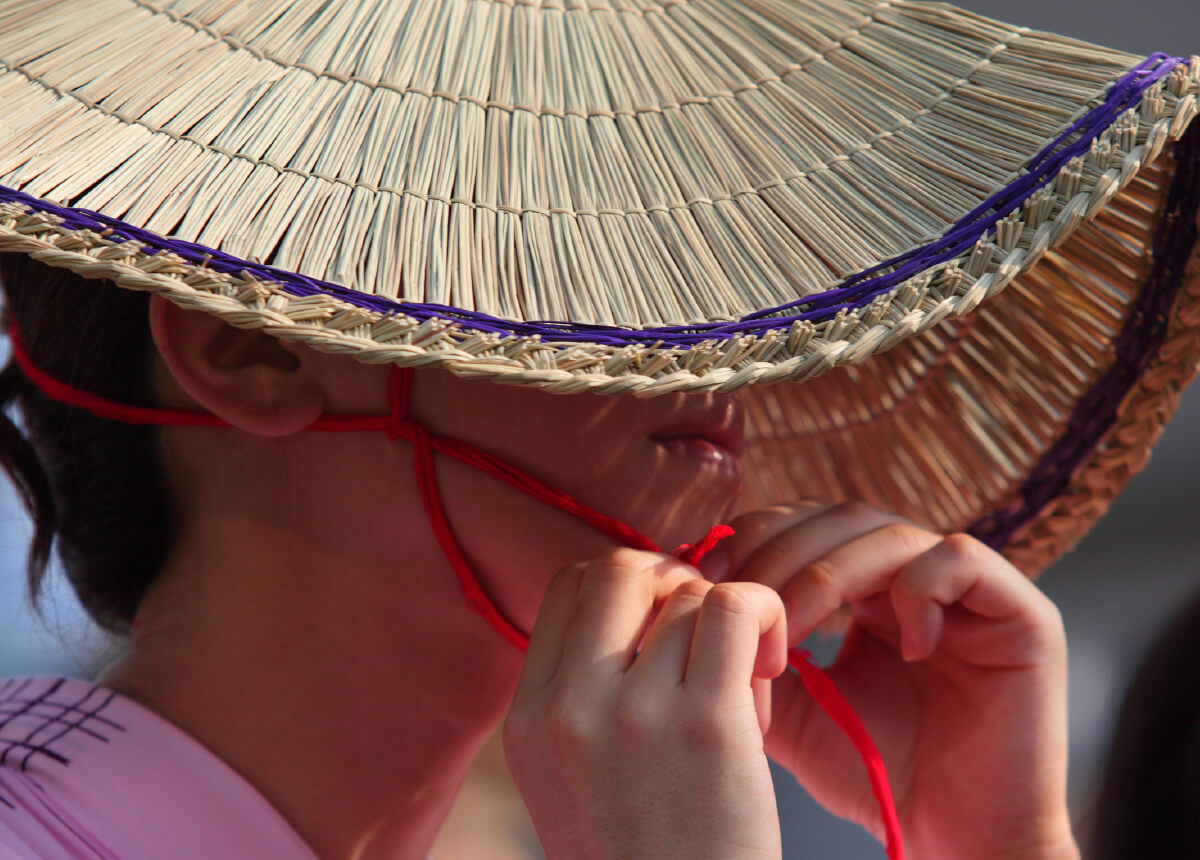
When did the Owara festival begin? While the exact date is uncertain due to the lack of precise records, it is believed to have started in March 1702. The festival is said to have originated when Yoneya Shobei, the founder of the town of Yatsuo, successfully reclaimed the special permit needed to establish the town. This achievement led to a grand celebration, with the entire town parading for three days and three nights. During the springtime festivities, lively performances featuring shamisen, taiko drums, shakuhachi, and other instruments were accompanied by folk songs and joruri (a type of sung narrative with shamisen). Participants donned elaborate costumes as they paraded. Over time, the festival was moved to coincide with Urabon-e, held on the 15th day of the seventh month of the old Japanese calendar. It became known as “Kaze no Bon,” a festival dedicated to the repose of the wind god, and is now celebrated from September 1st to 3rd.

